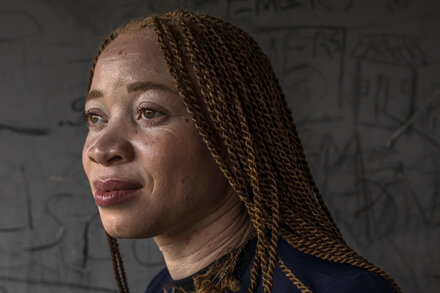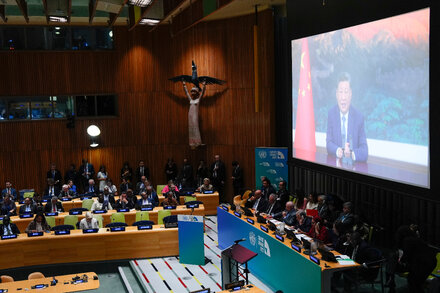
A young girl, whose identity remains protected due to the sensitive nature of her ordeal, has embarked on a remarkable journey of survival and resilience after facing an unthinkable threat within her own family in the Democratic Republic of Congo. Her story, which involves her grandmother allegedly instructing others to kill her, highlights the severe dangers and discrimination faced by individuals with albinism in certain parts of the world.
Persecution and Flight
The girl’s plight began in a community where albinism, a genetic condition characterized by a lack of pigment in the skin, hair, and eyes, is often misunderstood and demonized. In some regions, including parts of the Democratic Republic of Congo, deeply entrenched superstitious beliefs lead to the persecution of people with albinism, who are sometimes targeted for ritualistic killings or mutilation, fueled by the false belief that their body parts possess magical properties.
Reports from human rights organizations consistently detail the extreme vulnerability of individuals with albinism, particularly children, who may be abandoned by their families, ostracized by their communities, or become victims of horrific violence. The alleged instruction from her own grandmother to end her life underscores the profound betrayal and fear that can permeate the lives of those targeted by such superstitions, even within their closest circles.
A Perilous Journey to Safety
Following the attempt on her life, the girl was forced to flee, beginning a harrowing journey that would eventually lead her far from her home. Like many refugees, she likely navigated dangerous landscapes, faced unknown perils, and endured significant hardship in her quest for safety and a life free from persecution. Her path involved seeking asylum, a complex and often lengthy process that requires demonstrating a credible fear of returning to one’s home country due to persecution.
Her journey as a refugee underscores the critical role played by international humanitarian efforts and various organizations dedicated to protecting vulnerable populations. These groups often provide shelter, legal assistance, and support networks to individuals fleeing violence and discrimination, helping them to navigate the intricate legal and logistical challenges of displacement.
New Beginnings in America
After enduring immense trauma and navigating the complex international asylum system, the young girl eventually found refuge in the United States. Her arrival marks the beginning of a new chapter, offering a chance at healing, education, and integration into a society where her albinism is understood as a medical condition rather than a curse.
Resettlement in a new country, while offering safety, presents its own set of challenges, including cultural adjustment, language barriers, and processing past trauma. However, access to education, medical care, and community support systems can provide a foundation for survivors like her to rebuild their lives and pursue a future free from fear.
Advocacy and Awareness
The story of this girl, though unique in its specifics, echoes the struggles of countless others with albinism around the globe. Advocacy groups continue to work tirelessly to combat misinformation, raise awareness about the human rights of people with albinism, and push for stronger protections and justice for victims of albinism-related violence. Her journey serves as a powerful testament to the resilience of the human spirit in the face of extreme adversity and highlights the ongoing need for global efforts to ensure safety and dignity for all.
Source: Read the original article here.





